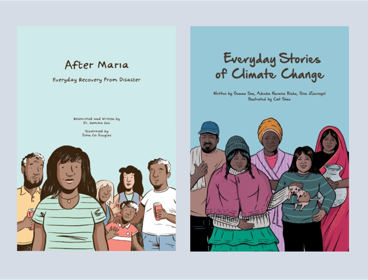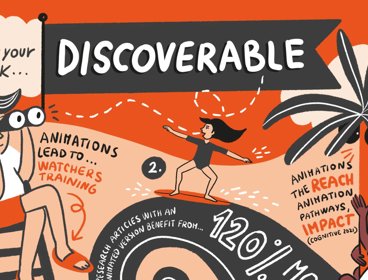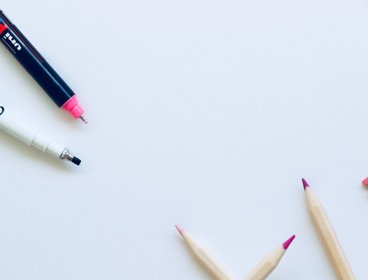By Cheryl McGeachan, University of Glasgow
Museums come in all different shapes, sizes and forms, and are exciting sites of collaboration for geographers. A range of public, private and personal museums exist across the world, and these can come in concrete, virtual and hybrid forms. Museums have distinctive potential for collaboration due to the wide array of remits they fill, from cultural conservators to forums of diverse community engagement.
The most common engagement with museums for geographers comes in the form of utilising the collections they hold for research. Museums hold a vast array of items, both on and off display, and these can be accessed and viewed in several ways. Most museums have large storage facilities where most of their collections are held. Accessing these resources is usually done through online booking systems and scouring online catalogues for items to book time with. Some museums have research rooms within their museum spaces, offering opportunities to view materials on-site. The ability to see objects up-close can be highly rewarding, allowing new insights in the worlds of their making to come into view. However, online museum spaces are becoming increasingly accessible allowing the opportunity to view objects from the comfort of your own computer miles away from their currently placed locations.
A fascinating array of people work in museums that hold great potential for sharing and shaping aspects of geographical research. Curators, as gatekeepers of certain collections, can offer insight and expertise into the items themselves but also into the lives and afterlives of their display. Making strong connections with curators, and respecting their knowledge and ideas, is central to successful museum research. Curators often undertake their own research with their collections and can provide important links to wider communities and bodies of research in these areas.
Whilst the curator is often a first, and hugely important, point of contact other workers such as technical officers, graphic technicians, learning assistants, outreach officers and volunteers are extremely important figures that can aid greatly in different aspects of research. These are people who have often worked with the collections you are researching, understanding a great deal about their intricacies and their journey through the museum. Taking the time to speak with museum staff about your work as it takes shape – in person or virtually - can be hugely beneficial to generating new questions and research pathways to other people, places and collections.
Museums are vibrant places of community interaction and can, therefore, be incredible resources for meeting and collaborating with experts by experience in a range of fields. Showcasing your research in a temporary exhibition or at an engagement event within the museum allows dialogue between your research and communities to take place. Many museums offer a public programme of events, such as tours and talks, and offering to undertake a range of these is a very useful way to communicate your research beyond academic circles and to hear real and varied responses to your work.
Overall, viewing museums as places that can be worked with rather than places where knowledge is extracted from, is a crucial change in our collaboration practice. The vast potential museums hold for encountering and engaging communities, workers, and collections offers exciting avenues of genuine exchange that can benefit and strengthen our geographical understandings of the lively worlds we seek to research.
Summary
-
Consider your engagement with museums as a wider aspect of collaborative practice, being open to share ideas, knowledge, and experience.
-
Connect with key people at the museum, such as curators and technicians, in order to further research dialogues and initiate access to collections.
-
Utilise the potential for community interaction through volunteering for public events and attending museum events.
How to cite
McGeachan, C. (2023) Working with museums. Communicating research beyond the academy. Royal Geographical Society (with IBG) Guide. Available at: https://doi.org/10.55203/QWPE3827
About this guide
There’s a long tradition of geographers communicating research ‘beyond the academy’ - to policy, to publics, to young people, to school teachers - whether to recruit students, for career development, critical praxis and activism, or requirements of funders to document ‘impact’. Ten years ago we published the Communicating Geographical Research Beyond the Academy guide. It sought to bring together and share collective experience and learning, from within and beyond the academy. Today, there’s ever more opportunities and modes and media with which to do this. While many of the points made – about audience, about access, about brevity and the use of plain English – still stand, this collection covers these already familiar issues as well as bringing new perspectives to encourage readers to reflect on motives, means and methods and to illuminate examples of good practice.




